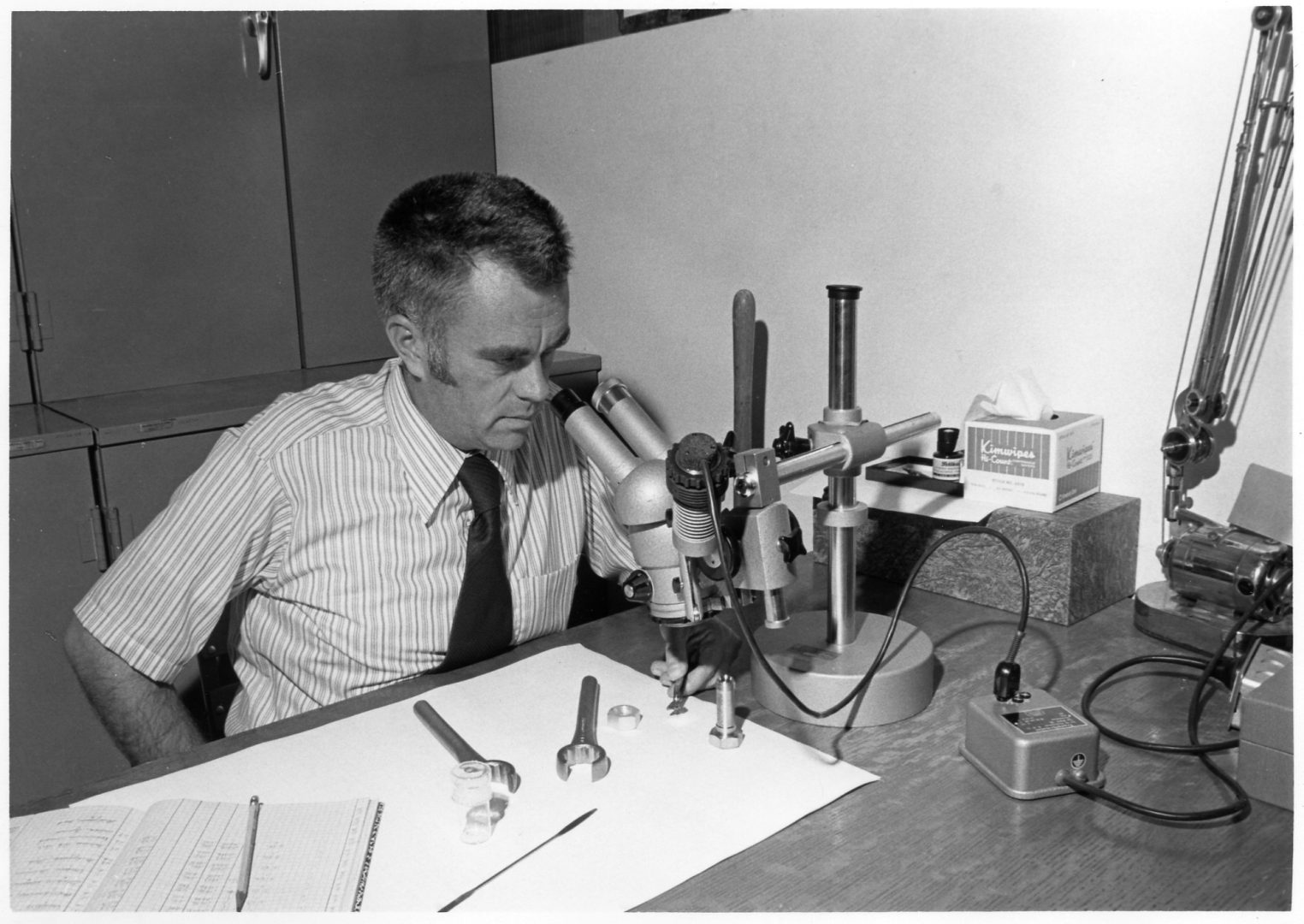Founded on philanthropy
In 1957, Sputnik’s launch put space exploration at the forefront of the American conscience. The following year, Harvey H. Nininger, the famous meteorite hunter and self-taught meteoriticist, sold a portion of his collection to the British Natural History Museum.
The Coordinator of Research at Arizona State University, George A. Boyd, was familiar with Nininger’s collection and recognized its importance to Arizona and to ASU’s pursuit of research in an up-and-coming discipline. Boyd, working with the chair of the Chemistry Department, Clyde A. Crowley, and ASU President, Grady Gammage, solicited a grant from the National Science Foundation (NSF) in order to purchase the remainder of Nininger’s collection and bring it to ASU.
To bolster its proposal, ASU offered supporting funds from both the ASU Foundation and from Mr. Herbert G. Fales, then vice president of International Nickel Company (Inco), who was familiar with Nininger through his own interest in meteorites. The NSF also recognized the importance of keeping the remainder of Nininger’s collection in the United States and accepted the ASU proposal on June 8, 1960.
Acting on behalf of ASU, Mr. Fales traveled to Connecticut’s Wesleyan University to recruit Dr. Carleton B. Moore as director of the newly formed Center for Meteorite Studies and the rest, as they say, is history!

This post by Michelle Minitti originally appeared in the CMS newsletter, and is updated here.